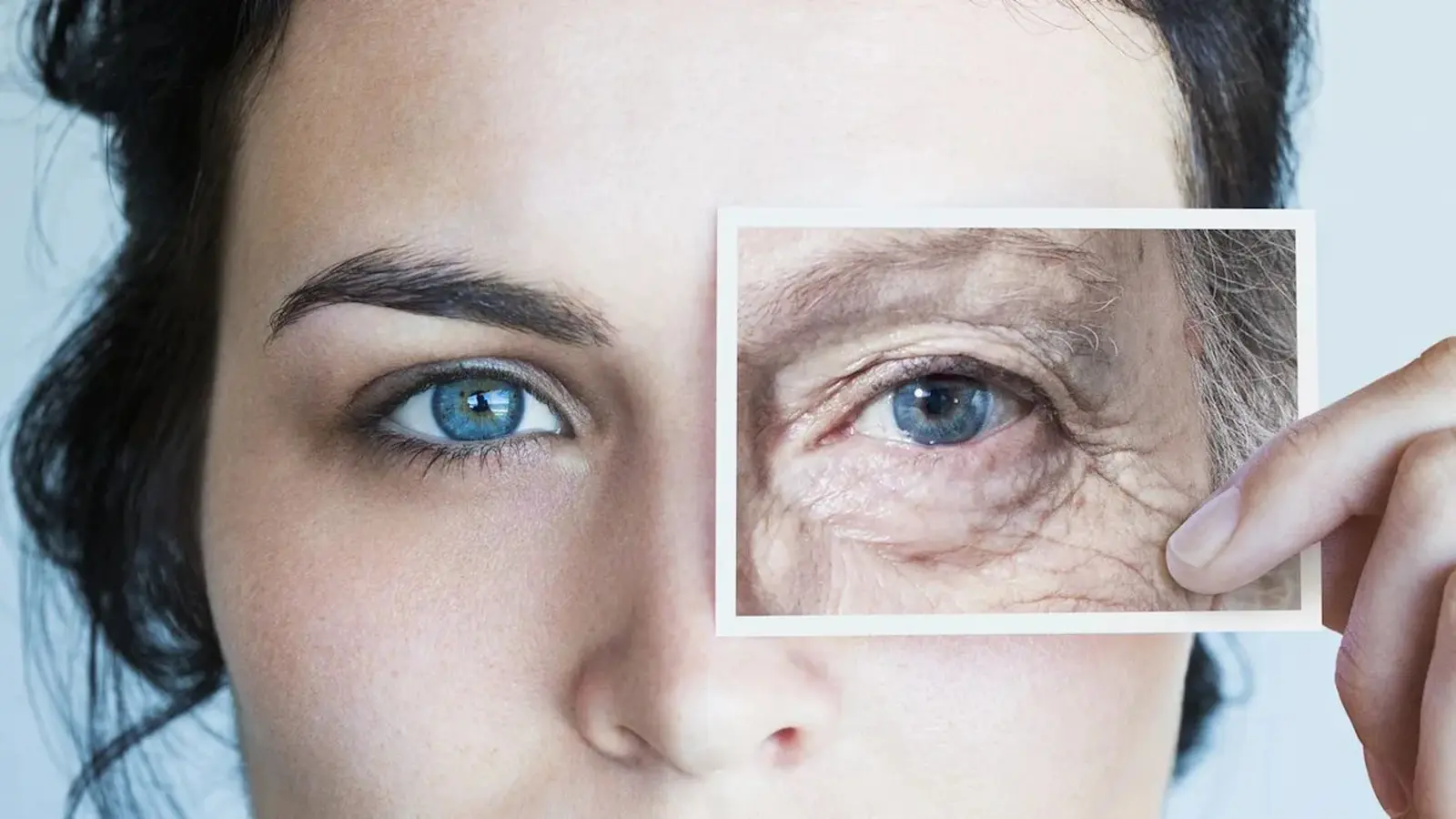6 Minutes
UC Irvine researchers report a surprising route to restore sight in aging eyes: direct supplementation of specific fatty acids to the retina. In mouse experiments, injections of a very-long-chain polyunsaturated fatty acid (VLC‑PUFA) reversed age-related declines in visual performance and molecular markers of retinal aging—offering a new angle on therapies for conditions such as age-related macular degeneration (AMD).
Why lipid metabolism matters for aging eyes
Vision loss is one of the most familiar signs of aging. While glasses and brighter lighting help, underlying biological changes in the retina and retinal pigment epithelium can reduce visual acuity and increase the risk of degenerative diseases like AMD. Lipids—fats and fat-derived molecules—are central to retinal health. Among these, docosahexaenoic acid (DHA) and very-long-chain polyunsaturated fatty acids (VLC‑PUFAs) play structural and functional roles in photoreceptors and cell membranes.
The ELOVL2 gene encodes an enzyme that elongates fatty acids, producing both DHA precursors and VLC‑PUFAs. Previous UC Irvine work linked declining ELOVL2 activity with reduced DHA levels and poorer vision in older mice. But boosting ELOVL2 may not be the only way to restore those lipids. The new study asks: can supplementing the retina directly with the missing fatty acids bypass the age-related enzyme slowdown?
What the new study did and found
Working with collaborators in Poland and Germany, the research team injected aged mice with a targeted VLC‑PUFA and then measured visual function and molecular markers of retinal aging. The outcome was clear and unexpected: treated animals showed measurable improvements in visual performance compared with controls. On a tissue level, markers associated with aging were reduced—evidence that the intervention did more than provide a temporary metabolic boost.

Importantly, the team reports that DHA alone did not produce the same benefit in these experiments. While DHA has long been studied for retinal health, and is a common dietary supplement, the findings suggest that a different class of long-chain lipids may be the missing piece when ELOVL2 activity declines with age.
Genetic links to disease progression
Genetic analysis in the study also revealed variants in the ELOVL2 gene that correlate with faster progression of AMD. That genetic signal provides a potential screening tool to identify people at higher risk of rapid vision decline, and it strengthens the biological link between lipid metabolism and macular disease.
Implications: a new therapeutic approach and its limits
This research is proof-of-concept: delivering specific VLC‑PUFAs to the retina improved vision and reversed molecular signs of aging in mice. That opens several paths for translation, from developing injectable retinal formulations to exploring eye drops or systemic delivery methods if the compounds can reach retinal tissue safely.
There are important caveats. Mouse models are not humans, and the retina’s response to injected lipids could differ across species. Safety, dosing, and long-term effects must be tested. Moreover, AMD and age-related vision loss are complex—driven by genetics, inflammation, metabolic shifts, and environmental factors such as smoking and diet—so a lipid supplementation therapy would likely become one component of a broader strategy rather than a universal cure.
Beyond the eye: lipid metabolism and immune aging
The UC Irvine team has begun to look past the retina. In collaborative work with UC San Diego scientists, they found that loss of ELOVL2 activity accelerates aging features in immune cells. That suggests systemic lipid metabolism plays a role in immune senescence and possibly in blood cancers—raising the prospect that targeted lipid supplementation could have benefits beyond vision.
If VLC‑PUFA supplementation can be tuned to support both retinal health and aspects of immune function, it could shape multi-targeted anti‑aging interventions. But that is an open question requiring careful mechanistic studies and well-designed clinical trials.
Expert Insight
“Our data demonstrate the potential to restore visual function by replacing lipids that the aging eye can no longer produce efficiently,” says Dorota Skowronska‑Krawczyk, PhD, associate professor at UC Irvine and senior author on the study. “This is not just a symptomatic treatment—we see reversal at the molecular level, which suggests a real modification of aging biology in the retina.”
Independent commentary from a fictional but plausible expert: Dr. Maya Patel, a retinal biologist at a major research hospital, notes, “Targeting lipid pathways is an elegant approach because it addresses a core metabolic deficit. The challenge will be delivery—getting the right molecules to photoreceptors in the right amount without off-target effects.”
What comes next: research priorities and clinical prospects
- Preclinical safety and pharmacokinetics: Determine toxicity thresholds, tissue distribution, and how long benefits last after injection.
- Delivery strategies: Compare intravitreal injections, sustained-release implants, and systemic formulations to find practical clinical pathways.
- Human genetics and stratification: Use ELOVL2 variants to identify high-risk patients who might benefit most from early intervention.
- Combined therapies: Evaluate whether VLC‑PUFA supplementation synergizes with anti-inflammatory or anti‑complement drugs already under study for AMD.
This line of investigation reframes how scientists think about aging in the eye—from passive wear-and-tear to active metabolic insufficiency that can, in principle, be corrected. If further work validates safety and efficacy in humans, targeted lipid supplementation could become a novel tool in the fight against age-related vision loss.
Source: scitechdaily
Comments
nova_x
Wait is this just mice tho? genetic links sound promising but AMD in people is messy, also how do they deliver lipids safely to retina? seems premature
bioNix
wow didnt expect injecting VLC-PUFAs to actually improve vision in old mice... if it works in humans, huge. but delivery worries me, and longterm effects? curious.


Leave a Comment